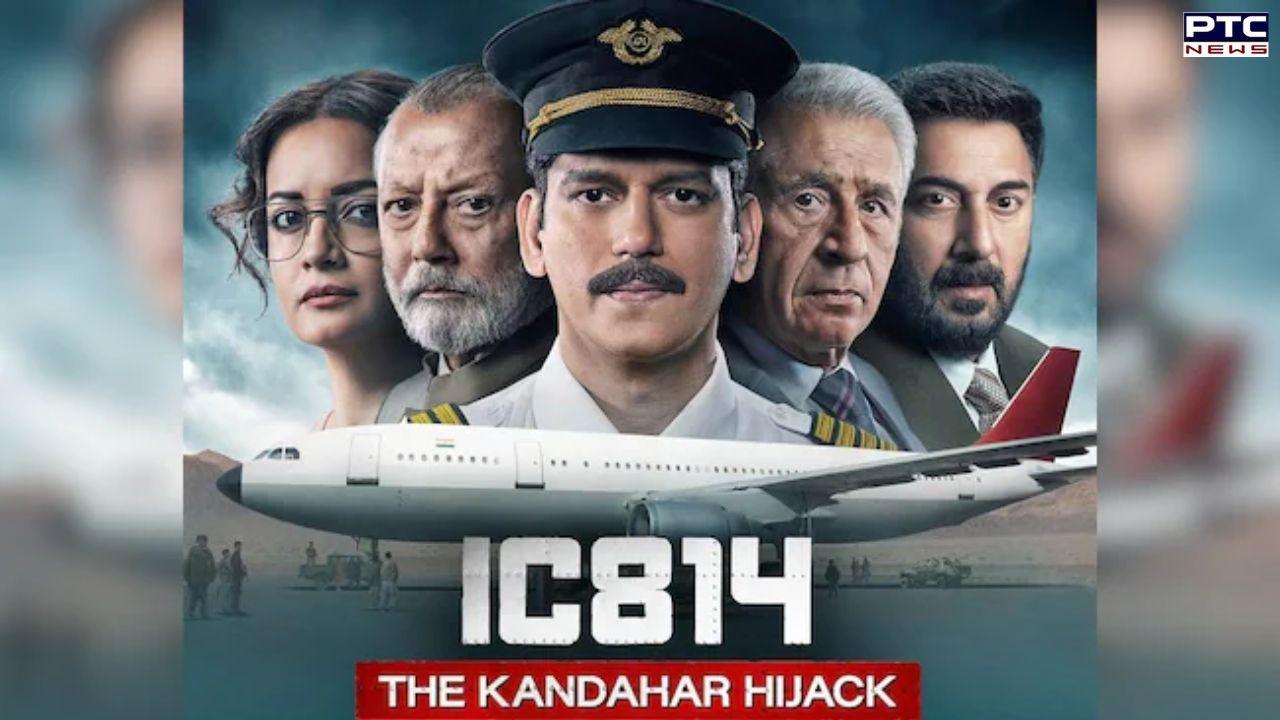

‘IC 814: The Kandahar Hijack’: What happened during hijack? Here's all you need to know
‘IC 814: The Kandahar Hijack’: Netflix released its highly anticipated series 'IC 814: The Kandahar Hijack' on August 29, triggering memories of one of India's most horrific terrorist incidents. The web series, which chronicles the story of the 1999 hijacking of Indian Airlines Flight IC-814, has however sparked controversy. The show has been accused of distorting facts, whitewashing terrorism, and offending public sentiment. The controversy has prompted the Indian government to summon Netflix India's content head.
Indian Airlines Flight IC 814 was hijacked on the afternoon of December 24, 1999, just 40 minutes after it took off. Five armed terrorists took control of IC-814, a routine Airbus 300 flight from Tribhuvan International Airport in Kathmandu, Nepal, to Indira Gandhi International Airport in Delhi. The flight had 179 passengers and 11 crew members.
The hijackers, identified as members of the Pakistan-based terrorist group Harkat-ul-Mujahideen (HuM), diverted the plane to Kandahar, Afghanistan, which was then controlled by the Taliban. The crisis lasted eight days, and the terrorists sought the release of three high-profile militants: Maulana Masood Azhar, Ahmed Omar Saeed Sheikh, and Mushtaq Ahmed Zargar. Under intense pressure to protect the hostages' lives, the Indian government finally agreed to release the terrorists. The terrorists were personally led to Kandahar by then-External Affairs Minister Jaswant Singh, a move that continues to be controversial today.
- With inputs from agencies
